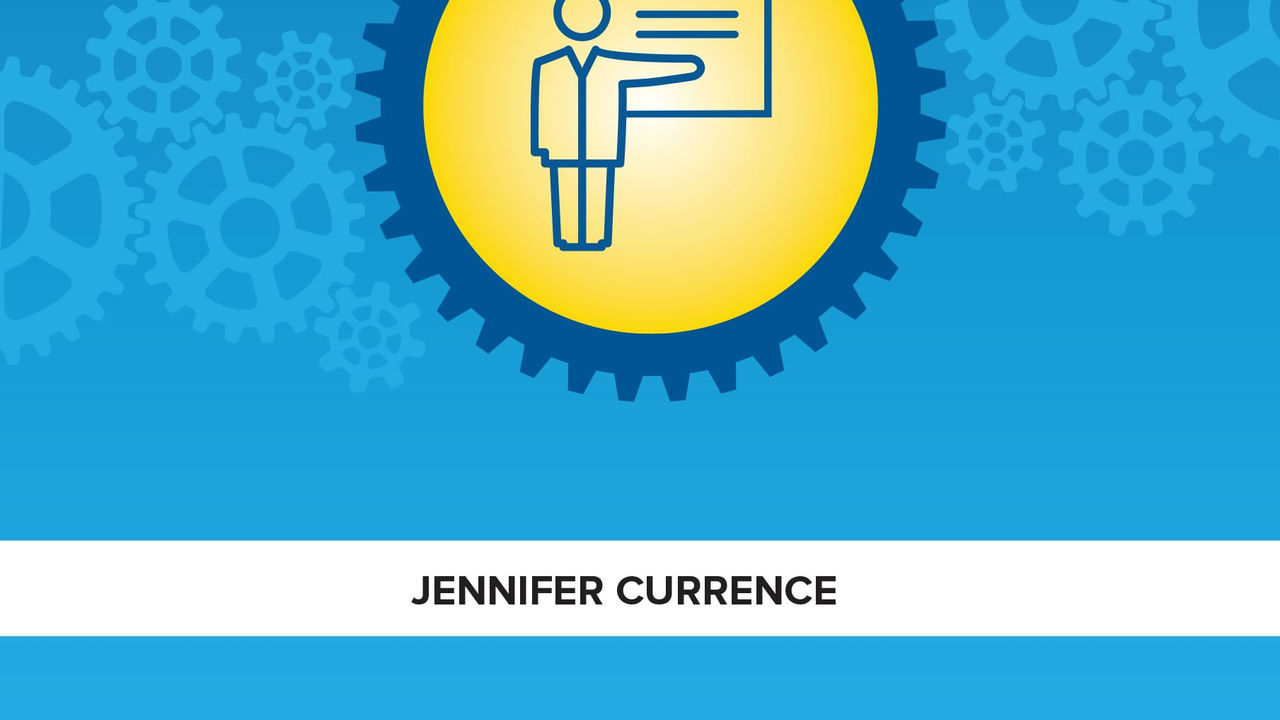This article is excerpted from Chapter 3 of Mastering Consultation as an HR Practitioner (SHRM, 2018).
Have you ever worked on something that you felt was an obvious solution, only to encounter resistance once you presented it? When you're initiating change, you are certain to run into resistance at some point.
If you're like me, your first impulse is to avoid resistance and conflict in general with abundant and undoubtedly justified vehemence, but resistance isn't always a bad thing. In fact, it's critical to creating optimal solutions. When you get pushback on an idea, it helps you dig deeper, evaluate more analytically, and create an even more effective and durable solution. Encourage, even embrace resistance. Ask for feedback. Be curious. Gather as much data as you can. And when you encounter opposition, don't take it personally. However presented, receive challenges for what they are -- critical examinations of your idea or process toward delivering the best possible solutions.
Resistance to HR projects or initiatives occur for many reasons, often financially-driven; others more likely rooted in fear of change or discovery, including a few from my experience:
- The manager was new to the position and feared exposing a lack of knowledge and experience by accepting the proposed solution. Her terse claim "It's a terrible idea" wasn't exactly the critical examination I was looking for.
- The proposed solution uncovered a larger problem leadership was disinclined or unmotivated to reconcile.
- The status quo was a source of comfort and familiarity: "I've used your proposed payroll company before (with another company, in another state, in another decade) and didn't like it."
Validate to Educate
One trick when encountering resistance is to validate or simply agree with your resister. Say you're pitching an idea and you hear in response, "I've used that payroll company before, and it was worthless." Consider responding with something like, "Oh, I'm sorry to hear you had such a bad experience. What other companies have you used? Are there any you recommend?" Then dig deeper as to why your naysayer recommends these other companies.
This type of exchange is valuable because you not only may learn about other companies to research, you gain a better understanding of what the resister thinks is important and just may lead to your naysayer reconsidering and accepting your suggested payroll company after all.
Gather More Data
Another way to overcome resistance is to use facts. As you work toward defining a change initiative and developing a plan, you'll likely realize you need more information. Let's say that your company just signed a big contract and once everything is finalized, you'll be under the gun to hire 25 to 30 people in two months. First, you panic, then you plan: you know you'll need a system to ensure strong candidates and a reliable selection processes to hire the right people, all the while making certain you don't miss myriad compliance issues.
You write an outline of your plan, present it at the next leadership meeting, and ask for 10 minutes to brainstorm other ideas you might not have considered and eventually settle on an interview process for candidates. By the time the contract is finalized, you've already completed job descriptions, started sourcing first-rate candidates, and well on your way to a successful hiring frenzy!
Communicate Early and Often
When designing change initiatives, one of the most crucial aspects is attaining buy-in. Collaborating early in your planning with key employees at all levels is an indispensable way to secure buy-in.
The more interaction you have with your customers and stakeholders throughout the process, the greater your opportunity for successful implementation and enduring support. Plus, your stakeholders will feel invested in the initiative because they have been genuinely part of the solution.
Jennifer Currence is the president of OnCore Management Solutions LLC in Tampa Bay, Florida, where she develops employee talent through customized training and coaching programs, and founder of OnCore Academy, which provides online recertification credits for HR professionals. She is the author of Developing Business Acumen and Applying Critical Evaluation, both published by SHRM.
Please visit the SHRMStore to order a copy of Mastering Consultation as an HR Practitioner by Jennifer Currence.
Advertisement
An organization run by AI is not a futuristic concept. Such technology is already a part of many workplaces and will continue to shape the labor market and HR. Here's how employers and employees can successfully manage generative AI and other AI-powered systems.
Advertisement



